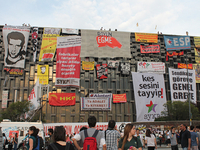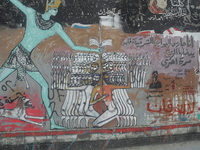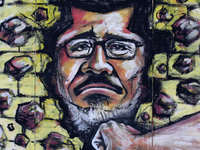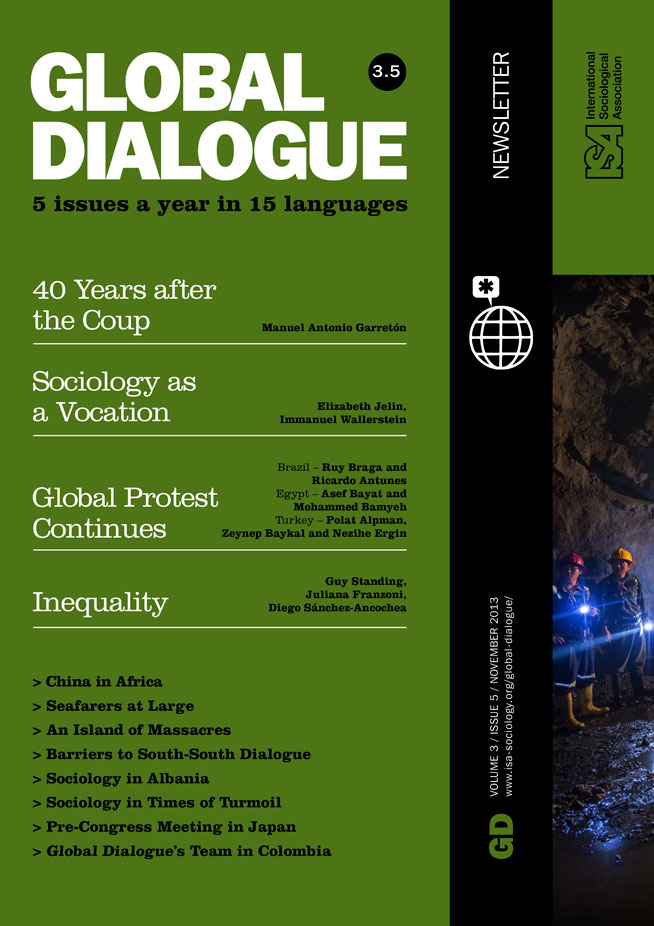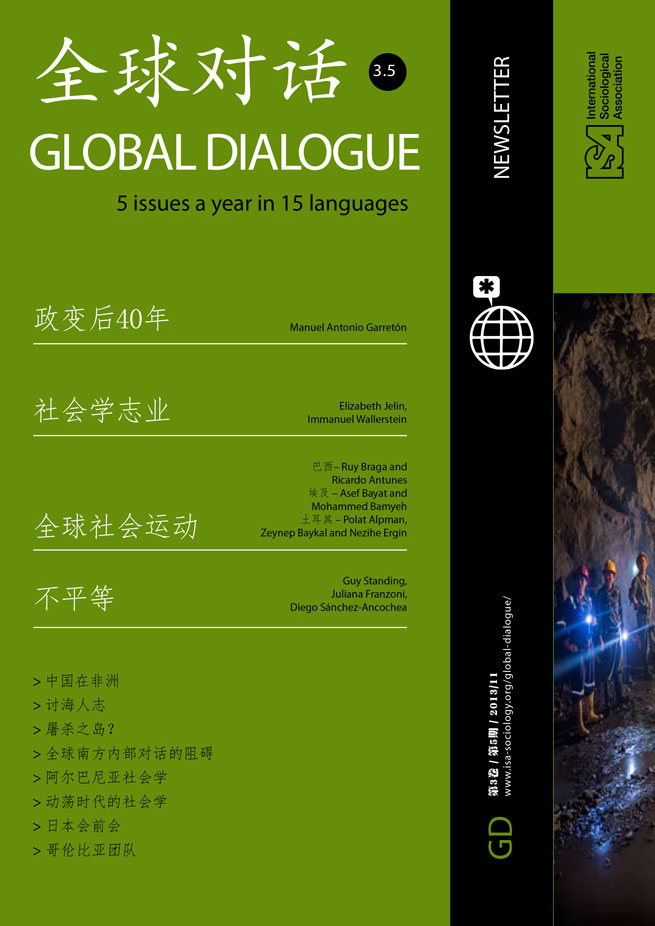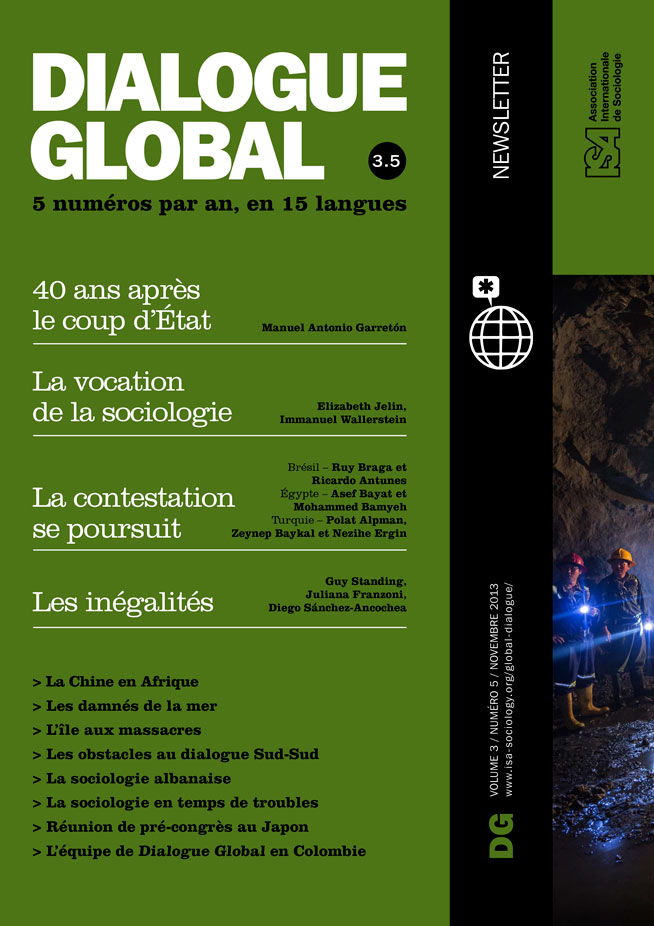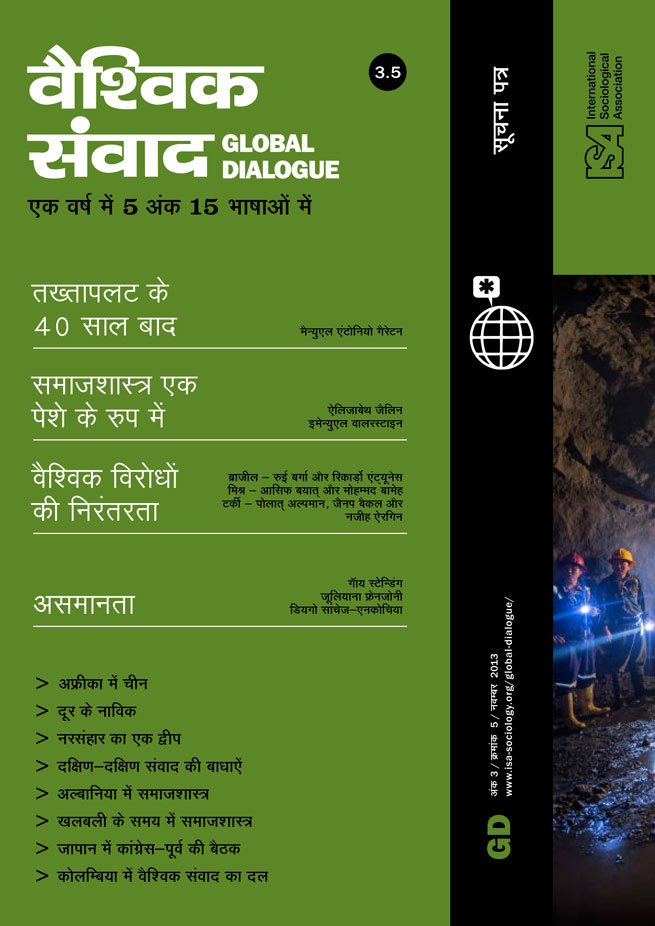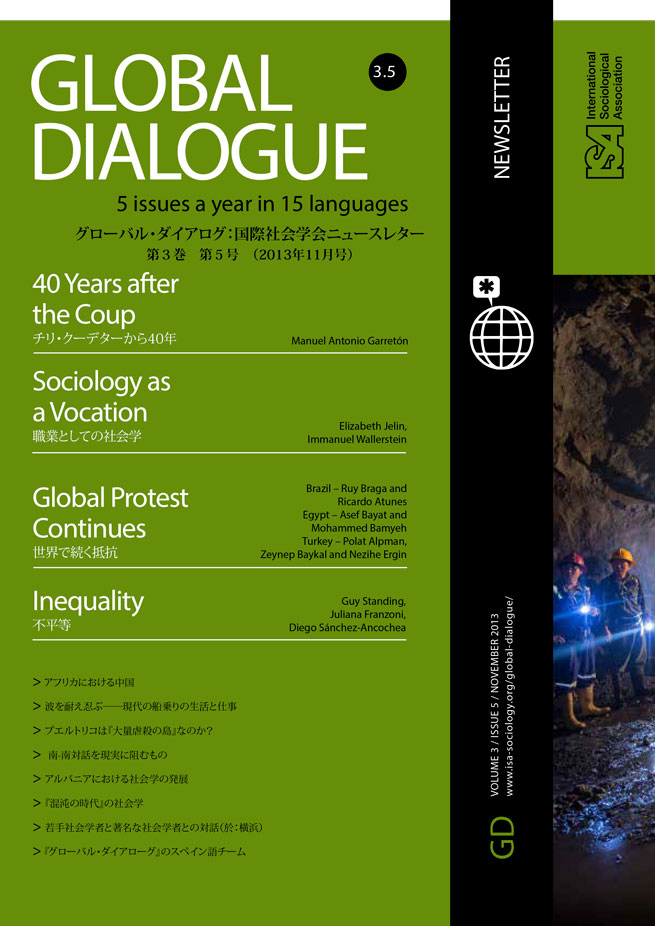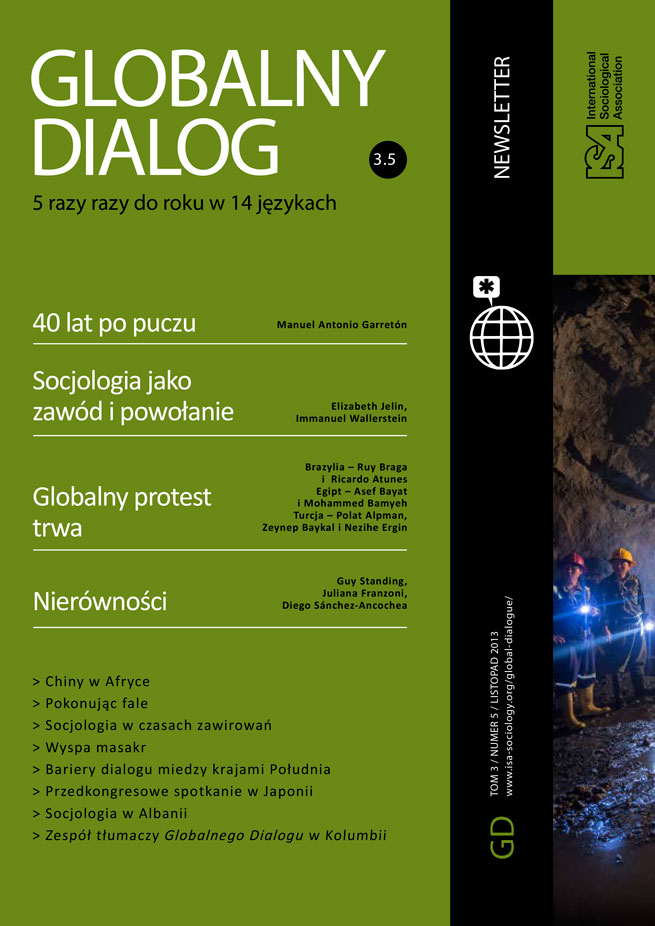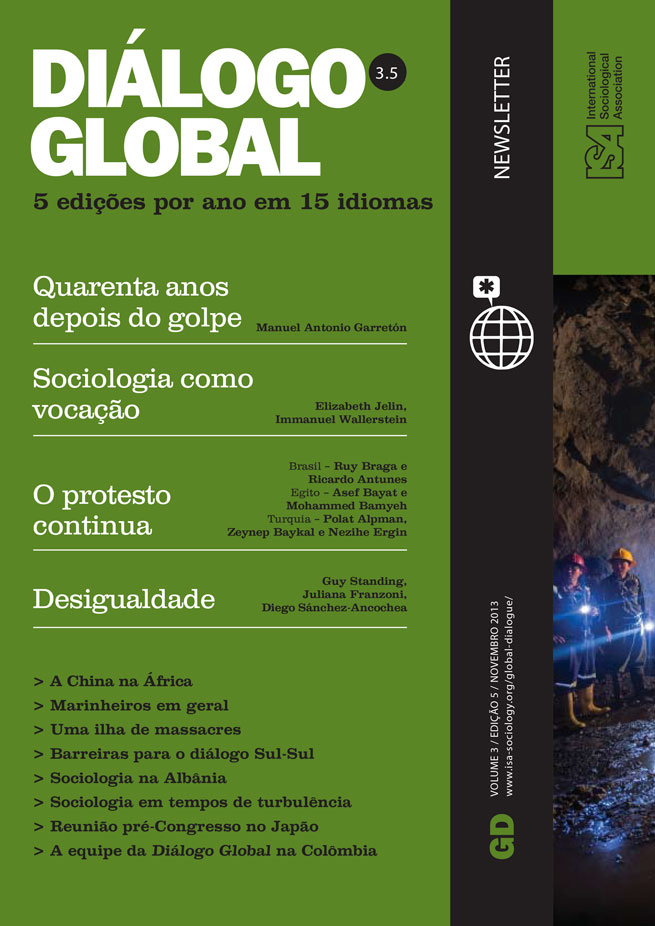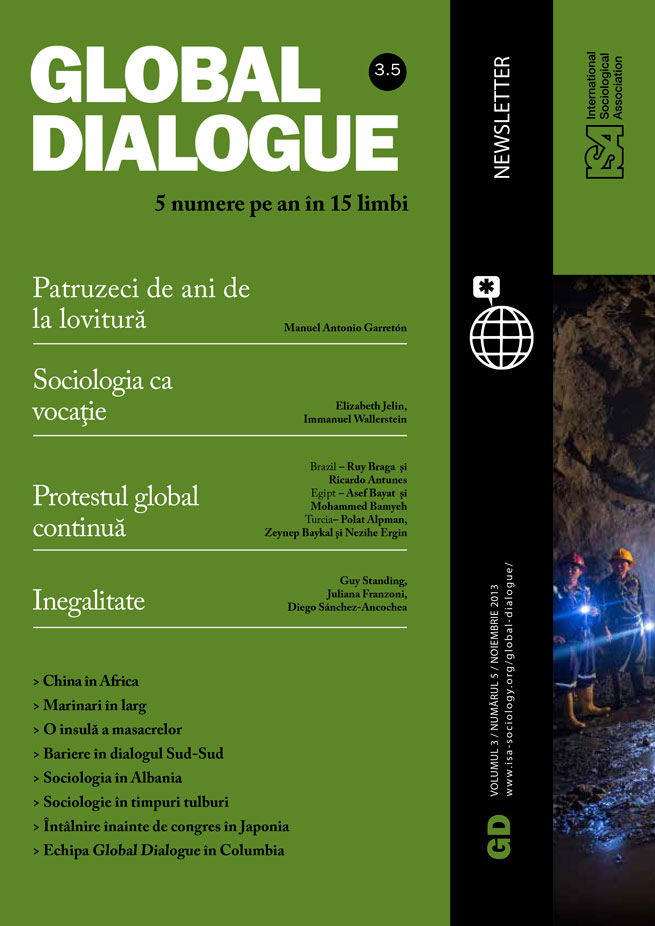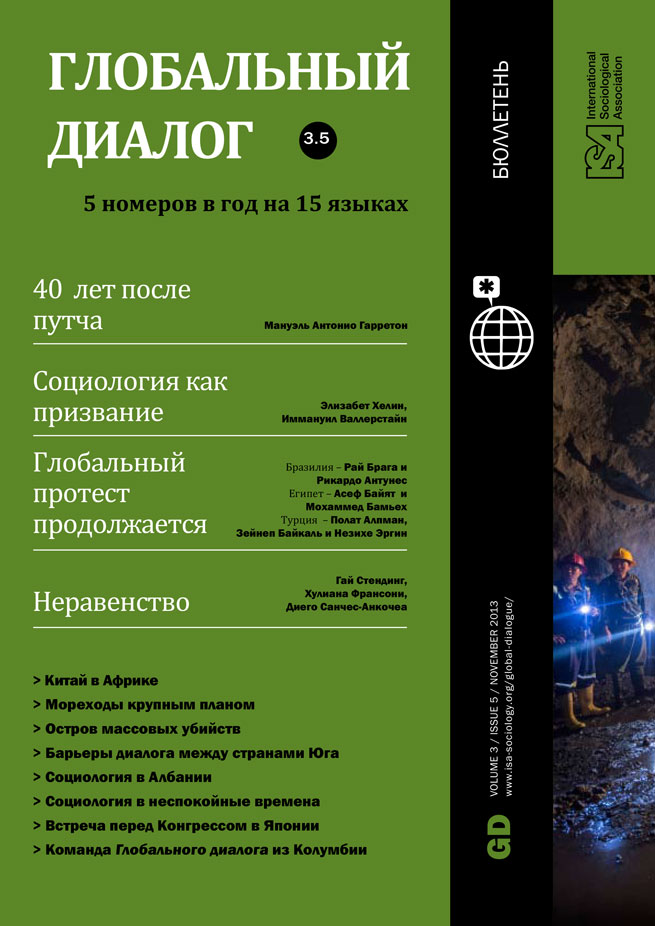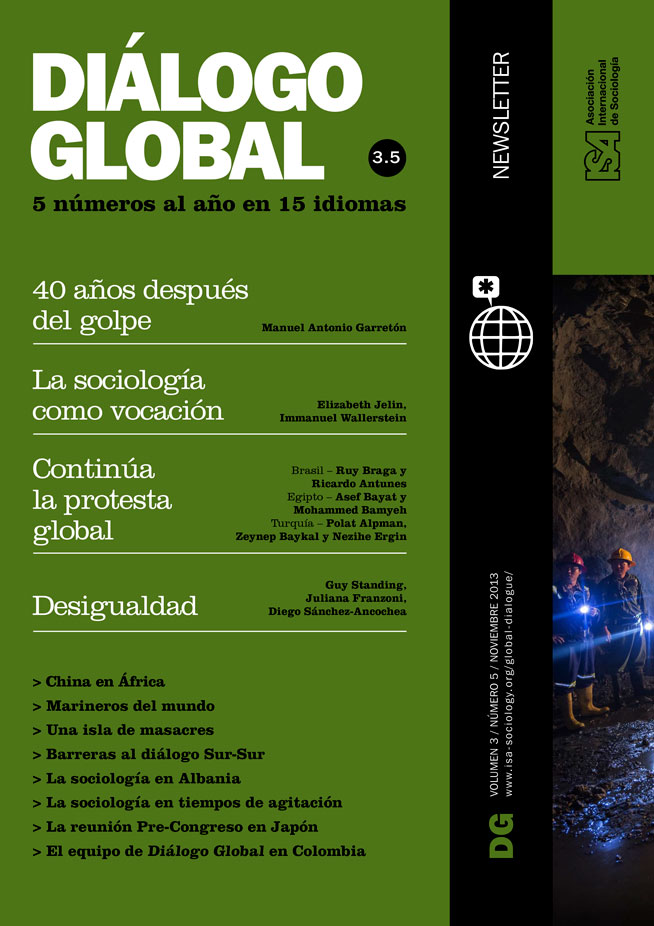June 2013 will go down in the history of social uprisings in Brazil. Beginning on June 6 with a march in São Paulo, which attracted about 2,000 people in protest against hikes in public transport fares, the youth of Movimento Passe Livre [Free Fare Movement] (MPL) could never have imagined that they were shaking the country in an explosion only similar to the campaign for direct elections in 1984, while still under the military dictatorship.
Indeed, between June 19 and 23, in about 400 cities, including 22 state capitals, according to a survey carried out by the Brazilian Institute of Public Opinion and Statistics (IBOPE), about 6% of the Brazilian population took to the streets in demonstrations and marches. There are three main reasons for this wave of popular mobilization. First, there is the exhaustion of the current development model based on the flexible exploitation of cheap labor, on the generation of jobs, and income redistribution. Second is the deepening of the global economic crisis with negative implications for the current regime of accumulation in Brazil, leading to a deceleration of economic growth. Third, the more or less latent state of social unrest which accompanied Gross Domestic Product (GDP) growth between 2005 and 2010 turned into widespread popular indignation, which has spilled over into the streets over the last months.
Lula’s first term was marked by orthodox economic policies and ended in a noisy corruption scandal. This fact forced the government to redirect its course, further increasing social spending, increasing the minimum wage above inflation, and strengthening popular credit. As the political scientist André Singer demonstrated, this strategy helped ensure the consolidation of electoral support for Lula’s mode of economic regulation from the poorest sectors of the Brazilian population.
Furthermore, to manage the increasing burden created by public debt and to recover support from important sectors of the working class, the federal government fostered the formalization of the labor market. This process gave workers a higher degree of social protection. The acceleration of economic growth over the last decade, driven by the rise in Brazilian commodity prices made possible the combination of increased social spending and the expansion of labor protection.
However, there slowly emerged hidden critical trends within the current hegemonic regime. After all, in addition to advances in formalization, the buoyant labor market, and actual gains in minimum wages, the current development model also led to increasing numbers of accidents at work, intensification of employee turnover, higher rate of workforce outsourcing, more flexible working hours, along with a relative decline in investment in public transport, health, and education.
This other side of the model fostered a more or less permanent state of unrest among workers, especially among younger workers – unqualified, non-unionized, semi-skilled, and underpaid. We should not forget that over the last ten years, 94% of the jobs created in the formal labor market pay less than 1.5 times the minimum wage (about USD450).
Given that 65% of formal jobs were occupied by young people, between 18 and 28 years of age, we can understand why the social unrest generated by the exhaustion of the current model focused mainly on this group, leading it to play a key role at the beginning of the June Days. According to research conducted by “Plus Marketing” consultancy during the march of June 20, 2013 in Rio de Janeiro, most of the protesters were employed (70.4%), earning less than a minimum wage (34.3%). If we add those who earn up to 3 times the minimum wage (30.3%), then more than 64% of the one million who took to the streets in Rio de Janeiro are part of this urban proletariat in precarious situations.
Furthermore, evidence of a sharp increase in strikes in the country was already visible since at least 2008. According to updated information from the Department of Statistics and Socioeconomic Studies (DIEESE), after 2010 the number of strikes increased so that downtime in 2012 was 75% higher than in 2011, reaching a peak inferior only to the years 1989 and 1990. The combination of slowing economic growth and a still strong labor market helps to explain this important phenomenon.
Actually, the politically multi-form movement that we see in the streets is quite different from others that have taken place in Brazil’s recent history. Moreover, we can observe changes in the profiles of the demonstrators: in the beginning they were students and workers who use public transportation and who, through the MPL, since 2005, have organized demonstrations in several cities, like Florianópolis, Porto Alegre, Vitória, Salvador, in addition to youth activities linked to various leftist parties. They gradually increased and, after violent police repression during the June 13 march in the city of São Paulo, the protests widened, reaching the outskirts of the city where a plebeian crowd of youth started a mobilization process that blocked several roads. Subsequently, this mass of young people and workers in precarious conditions attracted the traditional working class: on July 11, about 3 million people participated in a general strike that paralyzed the main state capitals of the country.
All in all, these strikes and demonstrations destroyed the myth that Brazil was a middle-class country on the way to becoming the fifth world economic power – a country where the majority are satisfied with their rulers and with the current development model. The current cycle of mobilizations revealed the existence of a profound unease with the current development model, so protest will probably endure for quite some time.
There is now a mounting concern about the contradiction between, on the one hand, the resumption of the privatization cycle, illustrated by the recent privatization of ports, airports, and federal highways, and, on the other hand, popular demands for universal rights in such areas as health, education, and public transport. Or, as a widely reproduced sentence from a placard during the June Days puts it: “It is not about cents, it is about rights!”
Ruy Braga, University of São Paulo, Brazil and Board Member of Research Committee on Labor Movements (RC44)
Ricardo Antunes, State University of Campinas, Brazil
